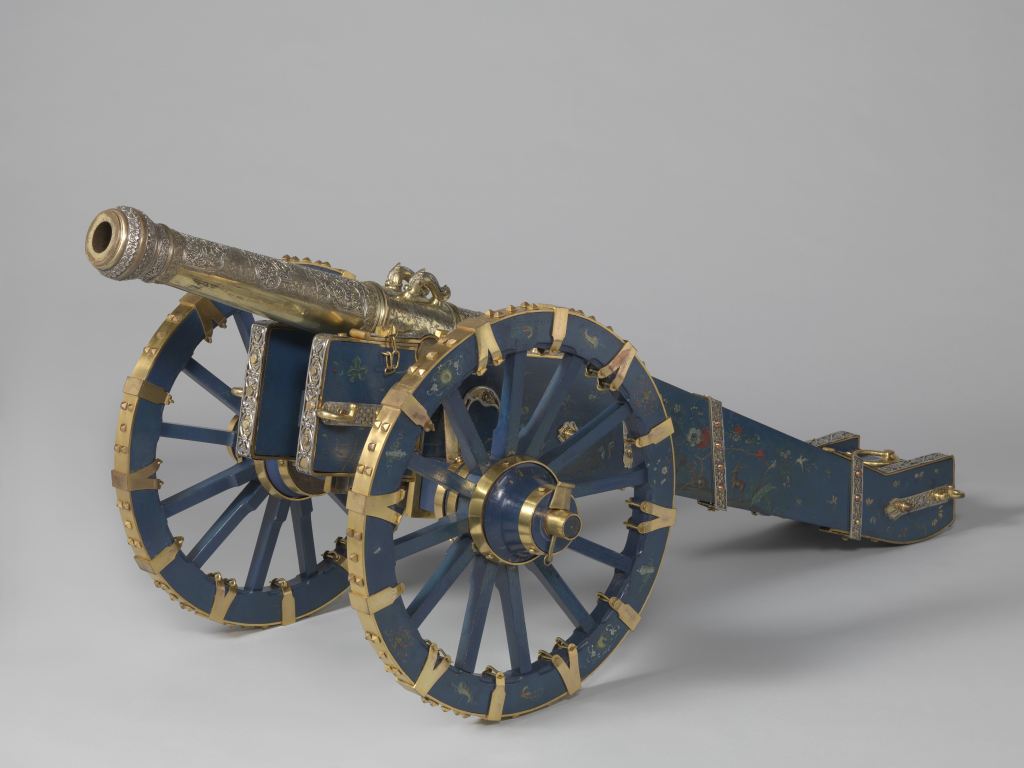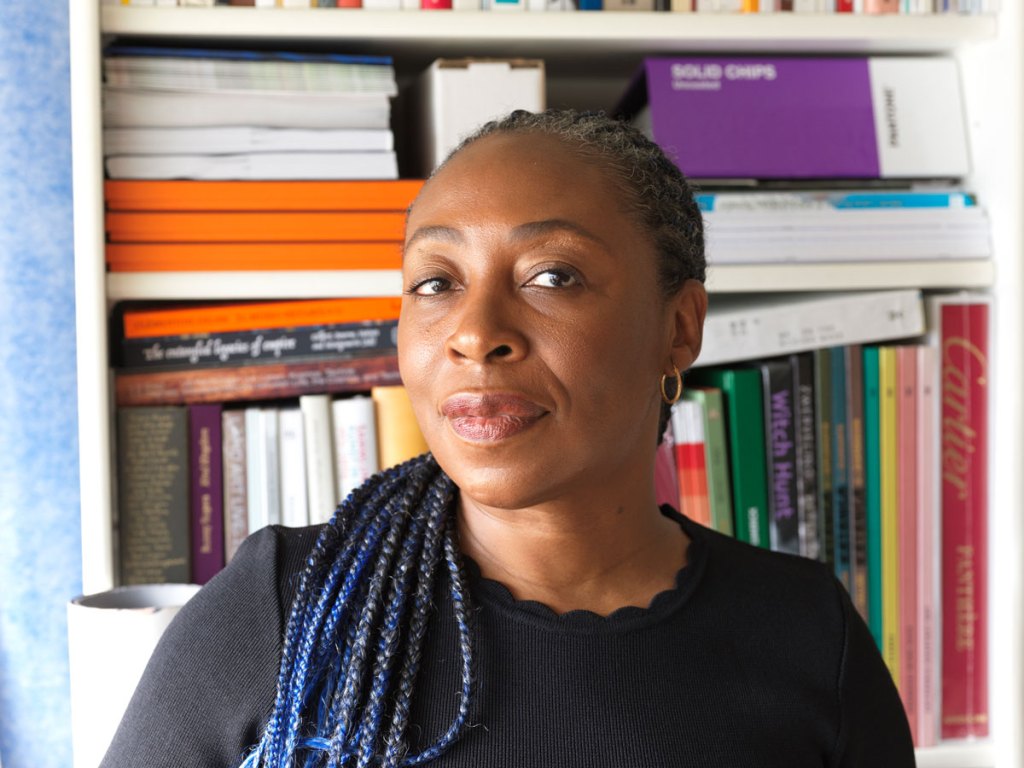Years-Long Legal Battle Between Former US Ambassador and French Auction House Leader Continues
New details have emerged in a protracted legal battle between a former US Ambassador to France and the leader of France’s Tajan auction house.
The lawsuit was initially filed in France by the ambassador, Craig Stapleton, against Seward in the Judicial Court of Paris, alleges Rodica Seward, president and chief executive of Tajan and an art collector. The suit claims that Rodica failed to fulfill her obligations under a handshake agreement to select and sell artworks on his behalf, with the two sharing the profits of the sales.
According to legal documents filed in 2022, Seward was entrusted in 2010 with procuring artworks for resale, all of which Stapleton paid for. She never sold the works, the suit claims, and subsequently refused to return the them or disclose their location.
The works were allegedly bought between 2011 and 2016, and were invoiced by Seward via Tajan or a British company called RBS Art Limited, of which she owns a 25 percent stake. The remaining 75 percent is held by a Samoan company called Rocks Capital Limited, owned by the wealth manager Charles de la Baume, who, according to the International Committee of Investigative Journalists, was listed in the Panama Papers and is reportedly under investigation for “aggravated money laundering.” In the 2022 filing, de la Baume is named director of Tajan.
Since then, according to people familiar with case, Seward has returned 23 of the 32 paintings. An appraisal conducted for the remaining nine pieces, among which are works by Richard Aldrich, Katherine Bernhardt, and Farah Atassi, values them at more than $1 million.
The crux of the disagreement lies in the terms of the agreement between Stapleton and Seward. While Stapleton claims that Seward was supposed to sell the artworks and share the profits, Seward contends that she incurred expenses related to storage, framing, and insurance for the artworks, and is now seeking reimbursement. The particulars of the case rest on the common art world practice of handshake deals and verbal agreements in lieu of contracts, which contain clearer, more defined terms.
Last month saw Sotheby’s cleared of charges of aiding and abetting fraud in a lawsuit filed by the Russian billionaire Dmitry Rybolovlev. In that instance, both parties agreed that the fraud was in fact committed by Rybolovlev’s art advisor, Yves Bouvier, who made $1 billion dollars by purchasing works Rybolovlev was interested in before selling them to Russian collector at a steep markup. This was possible, testimony revealed, because Rybolovlev and Bouvier had no legally binding relationship, which allowed Bouvier to act as both adviser who was paid a percentage of acquisitions and as a dealer to the Russian billionaire.
David Fleissig of the law firm Dontzin Nagy & Flessig, who represents Stapleton, condemned Seward, and told ARTnews that her refusal to return the art was “outrageous.” He vowed to pursue the matter aggressively in court.
Rodica Seward, in a phone interview with ARTnews said that the lawsuit has nothing to do with her or Tajan auction house, and according to Seward’s attorney, Basile Ader of the French firm August Debouzy, Stapleton’s attack is poorly directed. He told ARTnews that Stapleton’s agreement was with RBS alone, not with Seward personally or Tajan, though he said that it was Seward’s “renowned” reputation that gave her access to the primary market works and Seward told ARTnews that she does advise the company. (According to the 2022 filing, RBS takes its name from Seward’s initials. Her full name is Rodica Balaban Seward.)
The nature of buying primary market works to later resell them involves patience, Ader told ARTnews through a translator: “You have to wait for the market to grow, for the artist to become a bit more famous.” During that waiting period the works have to be stored and insured, the cost of which was incurred by RBS.
“Mr. Stapleton didn’t want to wait for the right time to come to sell the works. If he wants them back he should reimburse the expenses RBS had to pay.”
The appraisal that valued the nine works, Ader said, proved that each piece increased significantly in value. “If, like Mr. Stapleton says, the agreement was to split the profit of the works, the fair market appraisal shows that the works have increased in value. It would only be fair that he gives half the profit to RBS even if he doesn’t sell the works.”
The main difficulty, Ader said, was that there was no original contract. That said, he is trying to settle the case, a deal to which Stapleton is not amenable.
A person familiar with the proceedings told ARTnews that Seward’s attempt to charge Stapleton insurance and storage fees “laughable” considering that Stapleton has been asking that the works be returned since 2017.
Both parties are scheduled to present their arguments before the French court with the next appearance scheduled for February 26.



